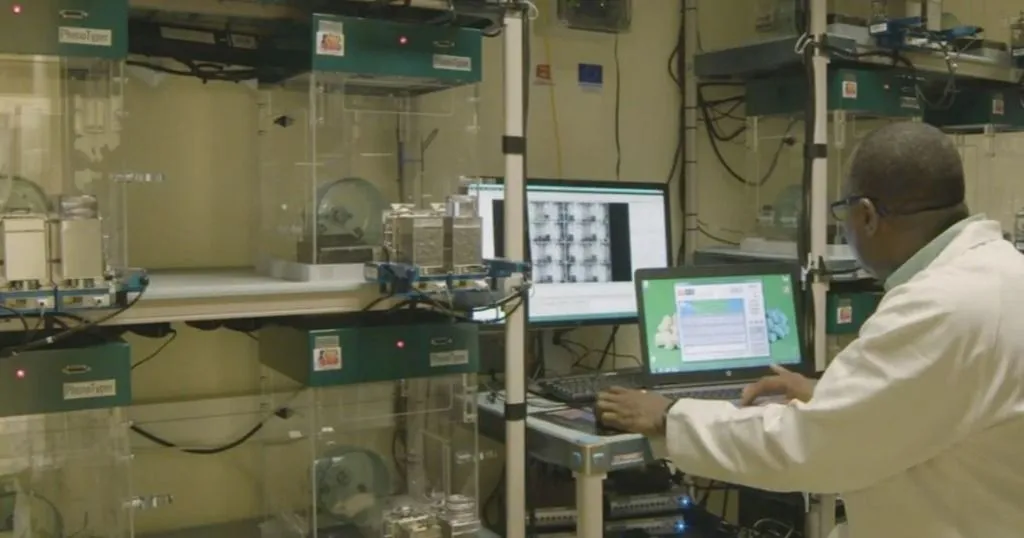The lonely brain: is resilience biologically encoded?
Social isolation causes depression to some, but not to everyone. With the use of EthoVision XT, researchers were able to research the biological processes underlying depression. Read this blog to learn more about their insights.
Posted by
Published on
Thu 15 May. 2025
Topics
| Depression | EthoVision XT | Morris Water Maze | Rats | Social Behavior Research |
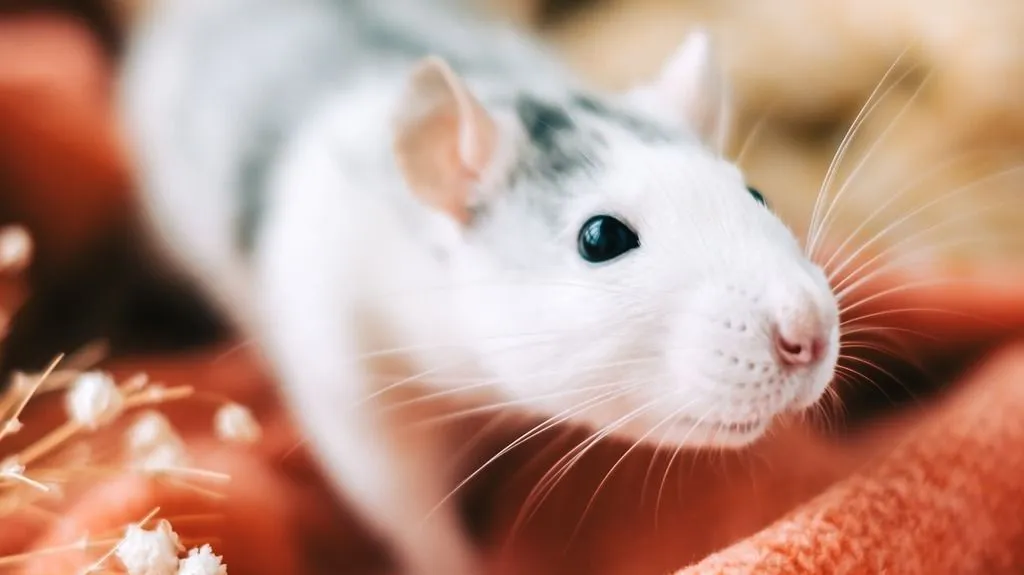
Emerging research reveals why social isolation devastates some individuals, yet leaves others unaffected, suggesting that resilience may be encoded in our biology. With the use of advanced behavioral tracking alongside trace element analysis in the brain, researchers have uncovered striking differences between how Sprague-Dawley and Wistar rats cope with loneliness. Could these biological differences lead to insights into the causes of resilience and vulnerability to stress?
How social isolation rewires the brain and reveals resilience
Social isolation during the COVID-19 pandemic led to unprecedented levels of loneliness, with studies suggesting that nearly 70% of people experienced significant distress. Although loneliness is often downplayed, social connections are fundamentally critical to human wellbeing. Indeed, social isolation can significantly disrupt neural pathways altering how our brain functions, influencing stress responses and impairing learning and memory. These disruptions have a profound impact on both physical and mental health, increasing the risk of dementia, stroke, depression, anxiety, cardiovascular disease, and even premature death.
New research suggests that the underlying mechanisms underpinning these changes include reduced connectivity between the prefrontal cortex and amygdala, as well as dysregulated cortisol cycles. However, the impact of isolation varies widely between individuals, with many showing remarkable resilience. This raises an intriguing question: Are there biological factors that explain this resilience?
To explore this, Zilkha et al. (2024) used EthoVision XT to compare the behavioral responses to social isolation in Sprague-Dawley (SD) and Wistar rats in a Morris Water Maze and forced swim test. Their findings revealed intriguing correlations between genetic factors, trace element profiles in the brain, and resilience to stress, and provide important insights into the neurobiology underlying resilience.
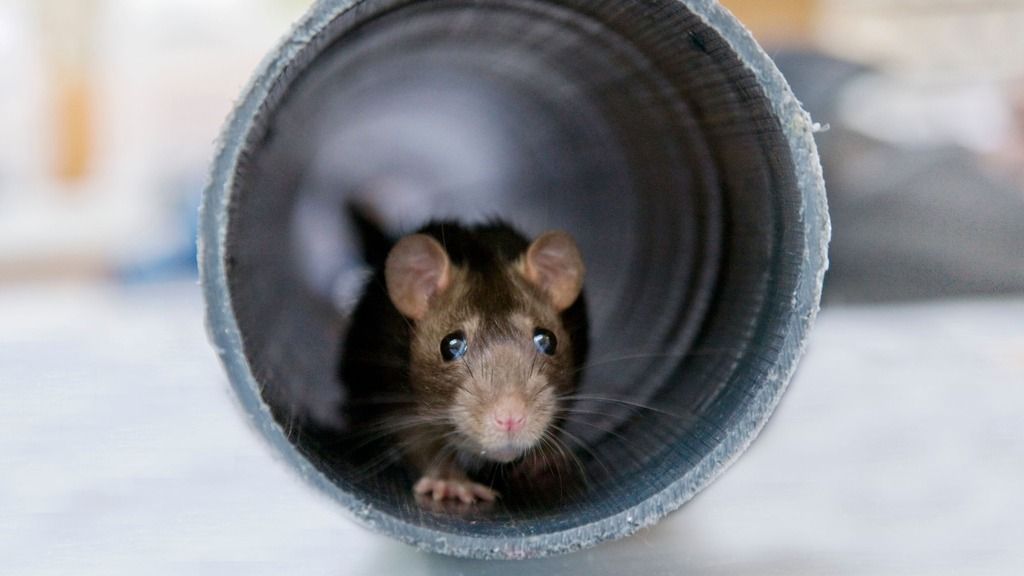
Strain-specific responses to isolation
In this study, researchers investigated how 4 weeks of isolation differentially impacted middle-aged (14-month-old) rat strains:
- SD rats: Known for cognitive agility but high sensitivity to stress
- Wistar rats: Typically more anxious but potentially more resilient to isolation-dependent stress
SD and Wistar rats are genetically diverse, displaying inherent differences in behavior, stress reactivity, and susceptibility to neurological and physiological disorders. These genetic differences are critical for helping researchers to understand how biological differences can influence an individual's capacity to cope with stress.
All rats were housed in controlled and enriched conditions. Isolated rats were housed individually whereas control rats were housed in small groups of 3 to 4. Following the isolation period, behavioral tests including the Morris Water Maze and Porsolt Forced Swim Test were conducted, and cortical tissues were analyzed by ICP-MS to assess changes in trace elements.
How automated tools reveal the impact of isolation on depression
Quantifying stress responses with EthoVision XT
In this study, researchers used EthoVision XT to track the impact of social isolation in the different rat strains:
Morris water maze:
- All rats showed intact learning and memory, regardless of isolation or strain.
- Isolated SD rats swam further distances and at faster speeds compared to isolated Wistar rats and control, non-isolated SD rats. Here, the authors suggest that increased swimming speed and distance may reflect anxiety-induced hyperactivity or disorganized search strategies linked to heightened stress.
- Wistar rats showed no differences in Morris Water Maze performance despite isolation, suggesting resilience to isolation stress.
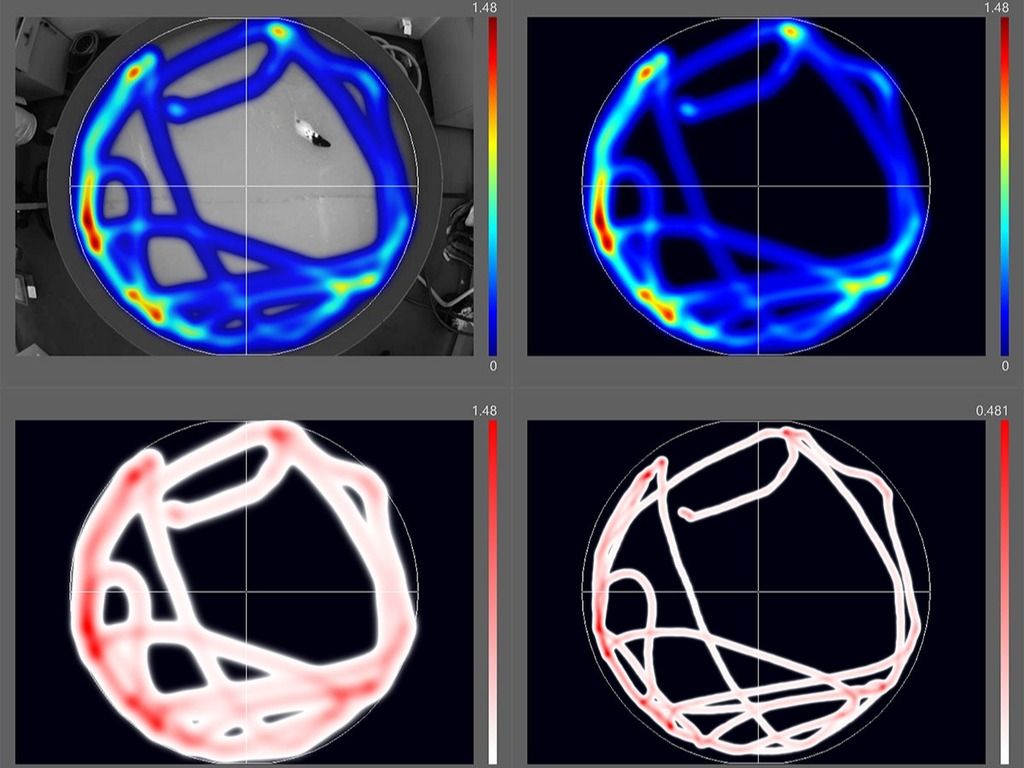
Porsolt forced swim test:
- Isolated SD rats spent a significantly longer time immobile (floating) over a 5-minute period, compared with control SD rats, an indicator of depression.
- Wistar rats showed significantly more immobility at baseline compared to SD rats, suggesting higher innate anxiety. However, isolation again had little impact on the Wistar’s behavior, suggesting resilience to stress associated with social isolation.
These results highlight the ability of EthoVision XT’s automated tracking to detect strain-specific differences in response to social isolation and stress. By preventing human bias, and capturing subtle variations in behavior, EthoVision XT enabled researchers to observe distinct behavioral phenotypes across genetic backgrounds.
FREE TRIAL: Experience EthoVision XT yourself!
Request a free trial and find out what EthoVision XT can do for your research!
- A time and cost-effective solution
- Powerful data selection
- Gold standard in automated video tracking
Key findings: Isolation triggers depression in susceptible rats
This study reveals profound insights for the behavioral and biochemical profiles associated with stress, depression, and resilience:
Learning and memory:
- Neither strain showed impaired learning and memory due to isolation.
Behavioral stress response:
- Isolated SD rats performed navigation tasks less efficiently compared to non-isolated control SD rats and both Wistar rat groups.
- Socially isolated Wistar rats showed no significant changes, suggesting resilience to social isolation stress.
Depression and anxiety:
- SD rats showed increased immobility in swim tasks after isolation, consistent with depression.
- Wistar rats displayed high immobility compared with SD rats, a sign of innate anxiety, but appeared resilient to isolation.
Trace elements in the brain:
- Isolated SD rats had elevated cortical cobalt and copper levels and reduced cesium, highlighting a possible biochemical basis for the heightened stress response.
- In Wistar rats, lower Zinc levels were suggested to be correlated with higher baseline anxiety.
These findings reveal that resilience to social isolation is not only dependent on genetics and environmental interactions, but in fact has a measurable biological component.
Understanding the biology of resilience
The findings in this study demonstrate that by combining behavioral tracking with detailed trace element analysis researchers were able to explore the biological basis of resilience. The distinct trace element profiles observed in the isolation-resilient Wistar strain versus the stress-vulnerable SD strain, suggests that both genetics and environment may interact, influencing our biochemistry and responses to stress.
By using a combination of behavioral analysis alongside neurochemical profiling, researchers can not only objectively measure stress responses but can reveal novel strategies for improving mental health. From identifying trace element biomarkers of resilience, to developing targeted dietary and therapeutic interventions, these results provide exciting possibilities for future research.
FREE E-BOOK CHAPTER: Depression in rodents
Want to know more about how to do depression testing and other aspects of rodent research? Then, instantly download this free chapter.
- Including protocol suggestions
- Theory behind behavioral paradigms
- Why and how to test these
References
Yavuz, M. et al.
(2024).
Relationships between trace elements and cognitive and depressive behaviors in sprague dawley and wistar albino rats. Front. Pharmacol. 15, 1367469
https://doi.org/10.3389/fphar.2024.1367469.
Related Posts
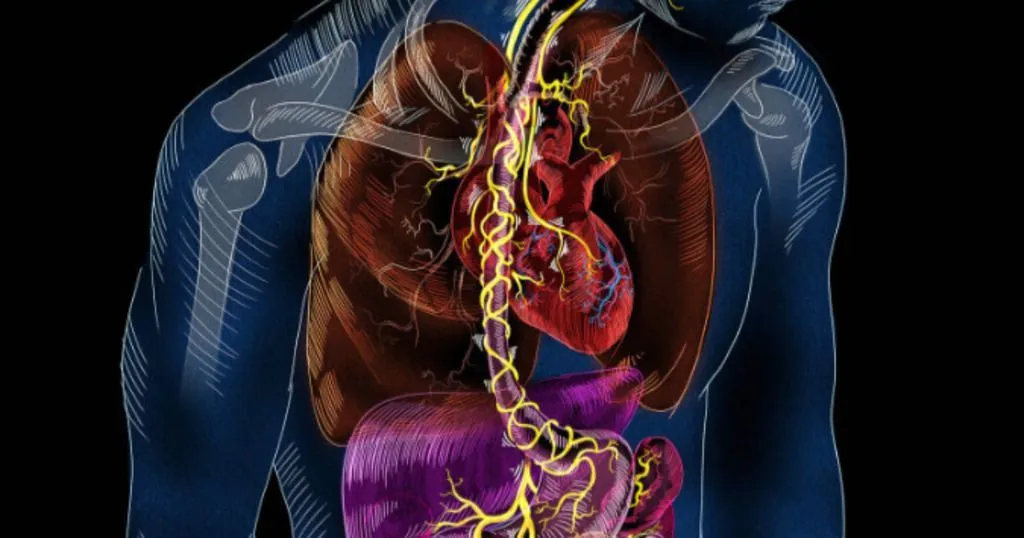
Our gut microbiota influences how we feel

Robust and reliable: Measuring anxiety in the Elevated plus maze
